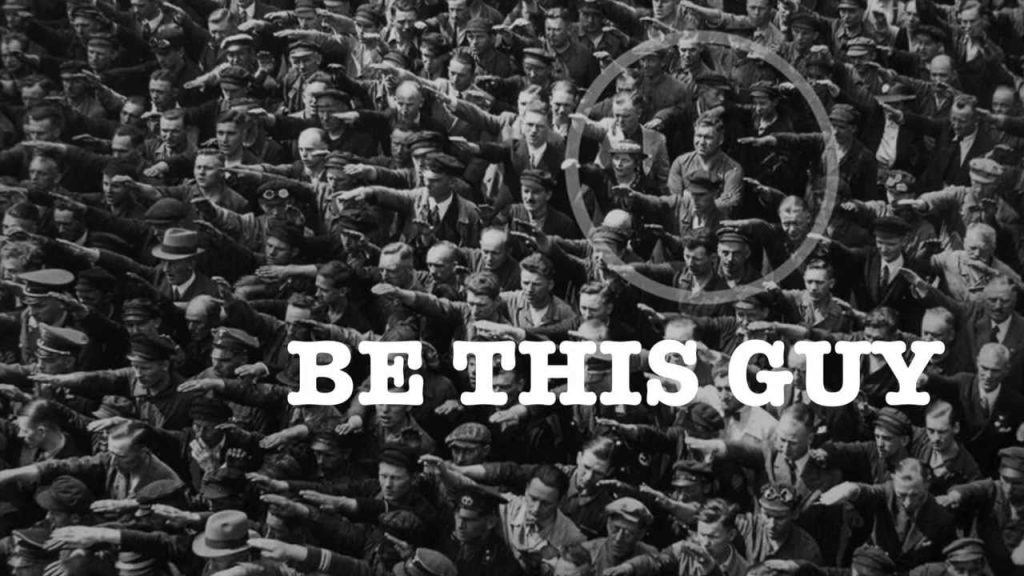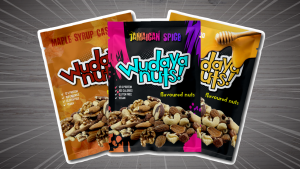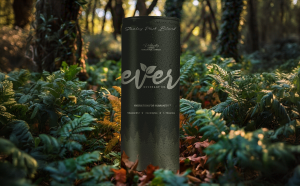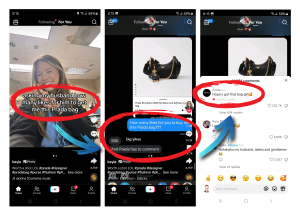
There are different variations of the brand essence wheel, but essentially, it’s a strategic tool used to define and articulate the core essence of a brand. It helps in identifying the brand’s key attributes, benefits, values, and personality, ensuring a consistent and compelling brand message across all touchpoints.
Here are some of the element you’re likely to find on a brand essence wheel:
👉 Essence
👉 Values
👉 Personality
👉 Promise
👉 Functional Benefits
👉 Emotional Benefits
👉 Target Audience
👉 Positioning
Components of the Brand Wheel
- Brand Essence: This is the central, intangible idea that encapsulates the brand’s core identity. It’s often a single word or phrase that defines what the brand stands for and its unique value proposition.
- Brand Values: These are the guiding principles and beliefs that the brand upholds. They reflect the brand’s culture and influence its decisions and actions.
- Brand Personality: This defines the human traits or characteristics associated with the brand. It shapes how the brand communicates and engages with its audience.
- Brand Promise: The commitment the brand makes to its customers, indicating what they can consistently expect from the brand.
- Functional Benefits: These are the tangible, practical benefits that the product or service offers to the customer.
- Emotional Benefits: These refer to the psychological rewards or feelings that the customer experiences when interacting with the brand.
- Target Audience: The specific group of consumers that the brand aims to reach and serve.
- Brand Positioning: This clarifies how the brand is perceived in the context of the competitive landscape, highlighting its unique advantages.
What is the Essence of your Brand?
Brand essence is the core of a brand’s identity and encapsulates its fundamental qualities, values, and personality traits. It’s the intangible attribute that differentiates a brand from its competitors and creates an emotional connection with its audience. When thinking about brand essence, it’s helpful to imagine it as the soul of your brand, guiding all its expressions, from visual identity and messaging to customer interactions and experiences.
One engaging way to conceptualize brand essence is to ask, “If your brand was a car, what kind of car would it be?”
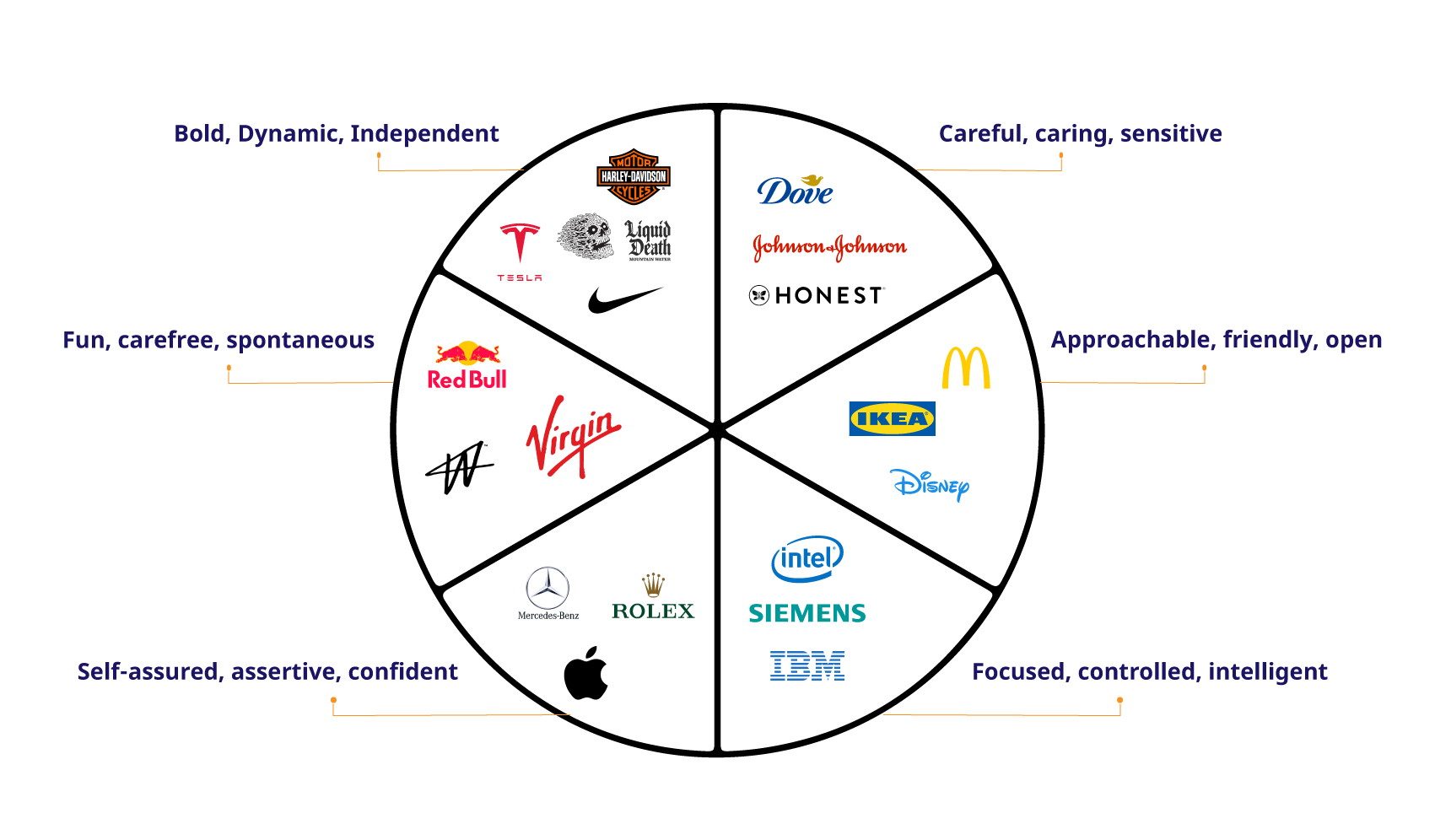
This metaphor allows you to explore the personality and attributes of your brand in a tangible and relatable way. For example, if your brand were a luxury car, like a Mercedes-Benz, it might embody qualities such as sophistication, elegance, and reliability. This would suggest a brand essence centered around premium quality and a high level of trust and prestige.
Alternatively, if your brand were a sporty and dynamic car like a Tesla Roadster, it would reflect innovation, speed, and modernity. This indicates a brand essence focused on cutting-edge technology, sustainability, and excitement. By visualizing your brand as a car, you can gain a clearer understanding of its key attributes and how these should be communicated to your audience.
Ultimately, defining your brand essence through this metaphor can help align your marketing strategies, ensuring consistency across all touchpoints. It serves as a guiding principle for creating a cohesive and compelling brand experience that resonates deeply with your target market, fostering loyalty and driving long-term success.
How to Use the Brand Essence Wheel
- Gather Stakeholders: Involve key stakeholders from different departments to ensure a holistic view of the brand.
- Brainstorm and Research: Collect insights about the brand, its market, competitors, and target audience. This can include customer feedback, market analysis, and internal reflections.
- Define Each Component: Work through each section of the wheel:
- Brand Essence: Identify the core idea that summarizes the brand’s unique value.
- Brand Values: List the principles and beliefs that the brand stands for.
- Brand Personality: Determine the human traits that best describe the brand.
- Brand Promise: Articulate what the brand commits to delivering consistently.
- Functional Benefits: Outline the practical advantages of the product or service.
- Emotional Benefits: Specify the emotional rewards or feelings customers get.
- Target Audience: Define the demographic and psychographic characteristics of the ideal customer.
- Brand Positioning: Establish how the brand differentiates itself from competitors.
- Synthesize Information: Bring all the components together to ensure they align and support the brand essence. The goal is to create a coherent and compelling narrative.
- Validate and Refine: Test the brand essence wheel with internal teams and possibly a select group of customers to ensure it resonates and accurately represents the brand.
- Implement and Communicate: Use the brand essence wheel as a foundation for all brand communications, ensuring consistency across marketing materials, advertising, customer service, and internal culture.
Continue reading:
If You’re Not Disrupting, You’re Standing Still
Example of a Brand Essence Wheel
Let’s use Skybar as an example:
- Brand Essence: Individuality
- Brand Values: Health, Personal Growth, Movement, Positivity
- Brand Personality: Motivational, Energetic, Inspiring
- Brand Promise: To fuel and elevate your potential
- Functional Benefits: High-protein content, natural ingredients, convenient for on-the-go
- Emotional Benefits: Feeling empowered, achieving personal goals, being part of a positive community
- Target Audience: Health-conscious individuals, fitness enthusiasts, busy professionals
- Brand Positioning: The protein bar that uniquely supports and celebrates individual journeys towards personal greatness
By clearly defining each element, you create a unified vision that can guide all aspects of your brand strategy, ensuring that every touchpoint reflects the core essence of Sky Bar.
1. Attributes
Definition: Attributes are the inherent features and characteristics of your product or service. They describe what your product is and what it offers in terms of tangible and measurable qualities.
Examples:
- For a protein bar: high protein content, natural ingredients, various flavors, low sugar.
2. Benefits
Definition: Benefits are the positive outcomes or advantages that customers receive from using your product or service. They are divided into functional and emotional benefits.
Functional Benefits: These are the practical, utilitarian advantages that meet the customer’s physical or logical needs.
- Examples: For a protein bar: convenient nutrition on-the-go, supports muscle recovery, sustains energy levels.
Emotional Benefits: These are the psychological and emotional rewards that the customer experiences, often leading to a deeper connection with the brand.
- Examples: For a protein bar: feeling empowered and healthy, pride in choosing a natural product, confidence in achieving fitness goals.
3. Values
Definition: Values are the fundamental beliefs and principles that guide your brand’s behavior and decision-making processes. They reflect what your brand stands for and are integral to its identity and culture.
Examples:
- For a protein bar brand: Health and wellness, sustainability, authenticity, innovation, community support.
4. Personality
Definition: Personality refers to the human characteristics or traits attributed to your brand. It’s how the brand speaks, behaves, and engages with its audience, making it relatable and memorable.
Examples:
- For a protein bar brand: Motivational, energetic, friendly, inspiring, authentic.
Creating Your Brand Wheel
To create your brand wheel, you’ll fill in each section with the specific attributes, benefits, values, and personality traits that define your brand. Here’s a step-by-step guide to help you structure it:
Central Circle (Brand Essence): Start by defining the core essence of your brand. This is a concise statement or word that captures the unique value your brand offers.
First Ring (Attributes): List the key features and characteristics of your product or service.
Second Ring (Benefits): Identify the functional and emotional benefits your customers gain from your product.
Third Ring (Values): Outline the core values that drive your brand and its decisions.
Outer Ring (Personality): Describe the personality traits that define how your brand communicates and interacts with its audience.
Example for Sky Bar
Central Circle (Brand Essence): Individuality
First Ring (Attributes):
- High protein content
- Natural ingredients
- Variety of flavors
- Convenient packaging
Second Ring (Benefits):
- Functional Benefits: Convenient nutrition, muscle recovery, sustained energy
- Emotional Benefits: Empowerment, health and wellness, confidence in fitness journey
Third Ring (Values):
- Health and wellness
- Sustainability
- Authenticity
- Innovation
- Community support
Outer Ring (Personality):
- Motivational
- Energetic
- Friendly
- Inspiring
- Authentic
By organizing these elements into a brand wheel, you create a clear and cohesive picture of your brand’s identity, making it easier to communicate consistently across all touchpoints.
Branding is Link Gravity
Branding is like gravity: consumers gravitate toward brands they know and trust.
The bigger the brand, the stronger the pull. When comparing brands within a category, the brand with the strongest pull is the one that is most likely to attract the most buyers.
Think about the next time you’re shopping, or selecting a movie. You naturally gravitate toward the brands you recognize and trust. In the case of movies, you may be drawn to ones with actors or directors that you know and trust.
This is because we as consumers have anxiety when we’re shopping, whether we are conscious of it or not. We want to know we are making the right decision. So going with a reputable brand is all about minimizing risk and anxiety while maximizing comfort and satisfaction.
Continue reading: Branding is like Gravity
What's Your Brand's RTB?
In marketing, creating a ‘Reason to Buy’ (also referred to as Reason to Believe) is crucial. It’s about giving consumers a compelling reason to choose your brand over others. This goes beyond listing features—it involves storytelling, evoking emotions, and aligning with your audience’s aspirations and values.
Imagine a scenario where a beverage brand doesn’t just tout its refreshing taste, but rather invites consumers into a narrative of relaxation after a long day, or the excitement of trying something new with friends. This approach not only sells a product but also embeds it into the consumer’s lifestyle and emotions.
Functional benefits are essential, but relying solely on them risks commoditizing your brand. I talk a lot of building a brand vs a commodity. Consumers seek more than just a solution to a problem—they crave experiences that enrich their lives, they look to join tribes, they look for values alignment. This shift in perspective can transform how your brand is perceived and deepen its resonance with consumers.
Selling experiences over features is not just a trend—it’s a strategic imperative for brands aiming to thrive in a competitive landscape. By focusing on creating meaningful connections and emotional engagements, brands can foster loyalty that transcends transactional interactions.
So, the next time you’re crafting your marketing strategy, remember: sell the experience, not just the taste. It’s the key to building enduring relationships and standing out in a crowded market.
Maslow's Hierarchy of Needs in Consumer Psychology and Marketing
Maslow’s Hierarchy of Needs is a psychological theory proposed by Abraham Maslow in 1943, which posits that human needs are arranged in a hierarchy. People are motivated to fulfill basic needs before moving on to higher-level needs. Understanding this hierarchy can provide valuable insights for marketers aiming to appeal to consumers at different stages of need fulfillment.
The Hierarchy Explained
- Physiological Needs: These are the most basic human needs for survival, such as food, water, warmth, and rest.
- Safety Needs: Once physiological needs are met, the focus shifts to safety and security, including personal security, health, and financial stability.
- Social Needs: These include love, friendship, and a sense of belonging.
- Esteem Needs: After social needs are satisfied, esteem needs become important. These include the need for self-esteem, recognition, and respect from others.
- Self-Actualization: This is the highest level, where individuals strive to realize their full potential and achieve personal growth and fulfillment.
- Related post: The T-Shirt Theory of Branding
- Related post: The Power of Branding: John’s Family Premium Organic Garlic
- Related post: Why You Don’t Want to Run a Business that Relies Solely on Ads
Applying Maslow’s Hierarchy to Marketing
1. Physiological Needs
- Product Examples: Food, beverages, clothing, and shelter.
- Marketing Strategy: Emphasize the essential nature of the product. Use messages that highlight how the product meets basic survival needs. For example, a bottled water company might focus on purity and hydration.
2. Safety Needs
- Product Examples: Insurance, healthcare products, home security systems.
- Marketing Strategy: Stress the safety, reliability, and protection offered by the product. An insurance company might use testimonials of customers whose lives were stabilized by their services.
3. Social Needs
- Product Examples: Social media platforms, dating apps, community events.
- Marketing Strategy: Highlight how the product fosters connections and a sense of belonging. For instance, a social media platform might emphasize how it keeps people connected with friends and family.
4. Esteem Needs
- Product Examples: Luxury goods, high-end fashion, professional services.
- Marketing Strategy: Appeal to the desire for status, recognition, and self-respect. A luxury car brand might market its vehicles as symbols of success and achievement.
5. Self-Actualization Needs
- Product Examples: Educational programs, personal development courses, creative tools.
- Marketing Strategy: Focus on personal growth, creativity, and fulfillment. A company offering online courses might highlight stories of individuals who achieved their dreams through learning and self-improvement.

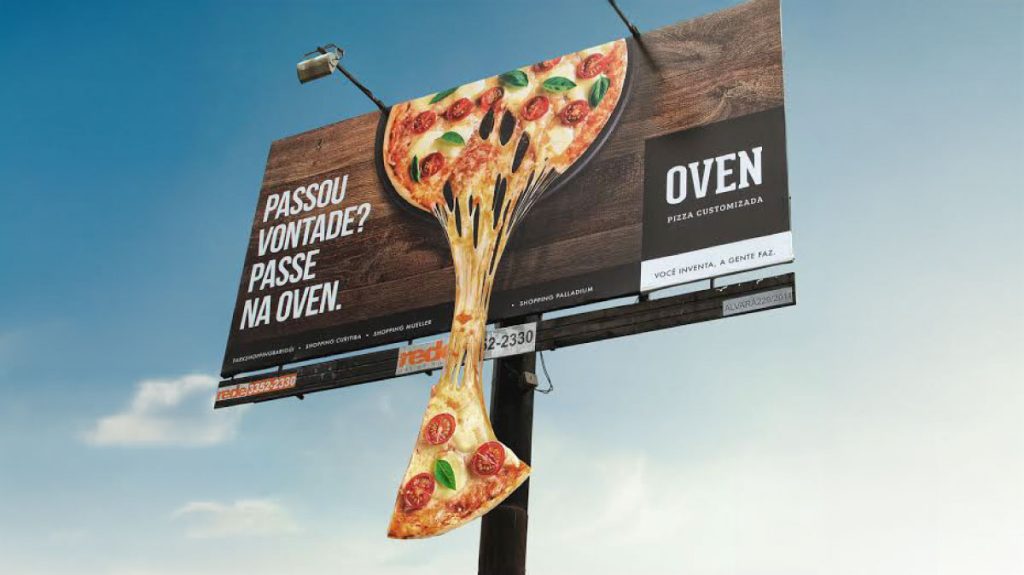
Continue reading: What’s the ROI of a Billboard
Related Posts about Social Media
If you follow us on social or read our blog, you may have noticed that we talk A LOT about the branding, the importance of branding, how branding is like gravity, how you either have a commodity or a brand…
We also talk a lot about storytelling marketing – in fact we have an entire page dedicated to it as it’s one of our core services. We go on at length about why brands need to tell stories (so that consumers can align their values to the brands they support), and dispelling the myths about storytelling marketing.
We also talk about how consumers don’t buy products, they join tribes. Check out some of our related posts.
Need help with your marketing activities?
If you’re looking to make a move with your marketing, reach out to us. We are priced fairly, we’re straight shooters, and are the very best at what we do.

